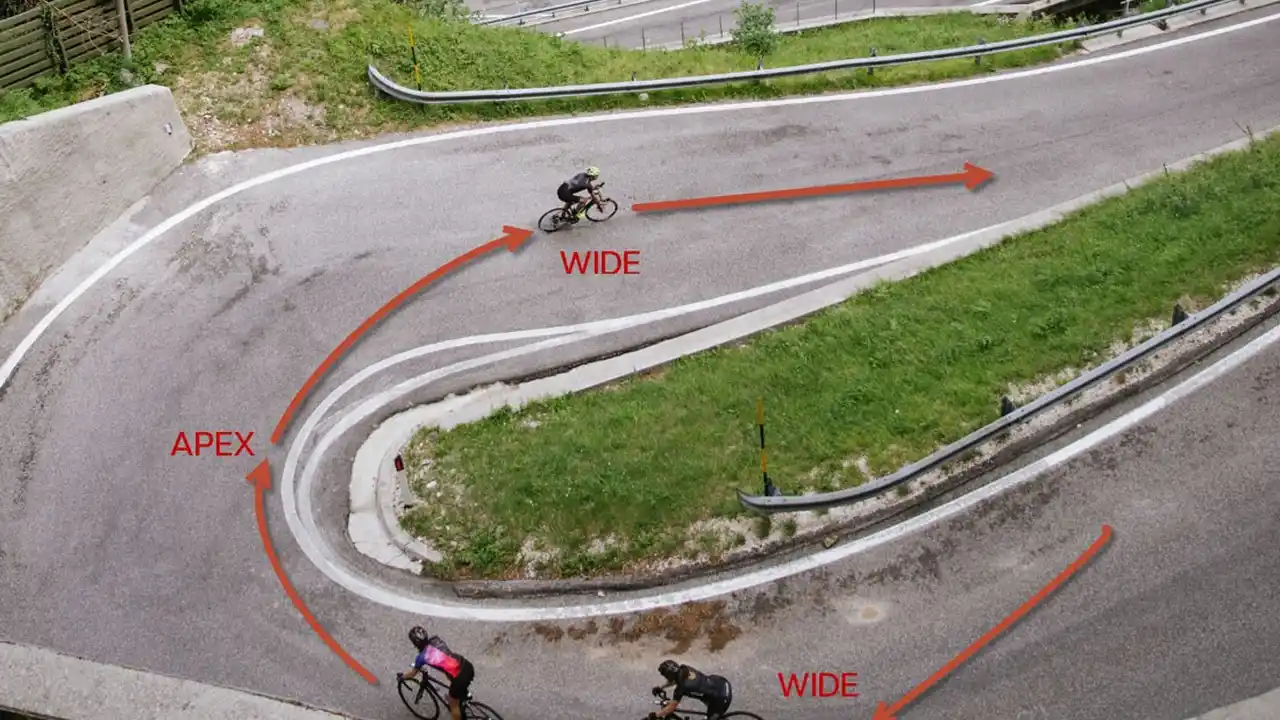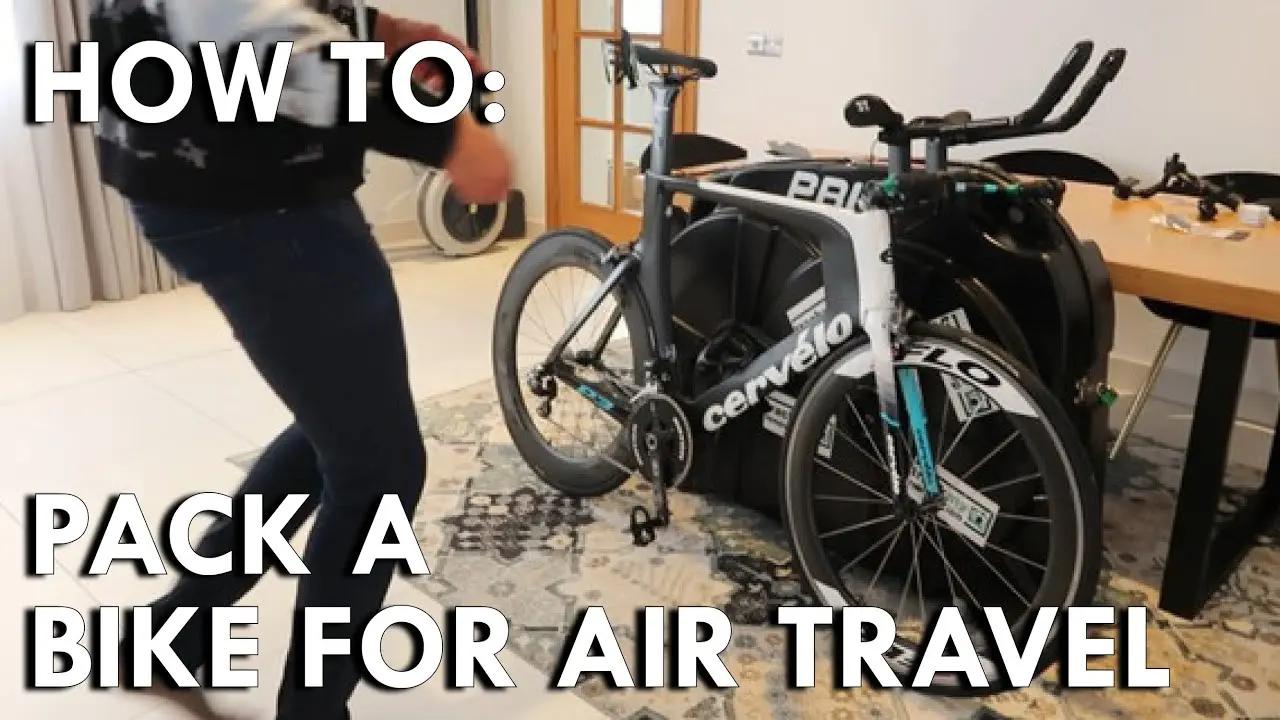7 Best Foam Rolling Exercises for Road Cyclists
Foam rolling is a fantastic way for road cyclists to improve their flexibility, reduce muscle soreness, and enhance their overall performance. This article will dive deep into the 7 best foam rolling exercises specifically tailored for road cyclists, offering detailed instructions and tips to maximize their benefits. We'll also explore various foam roller types and recommend specific products to help you choose the best option for your needs and budget. Get ready to roll your way to better cycling!

Foam Rolling for Road Cyclists: Introduction to Enhanced Performance and Recovery
Hey there, cyclists! Let's talk foam rolling. It's not just a trendy fitness fad; it's a seriously effective tool for improving your cycling performance and speeding up recovery. Think of it as a self-massage that releases tension, increases blood flow, and helps you bounce back faster after those tough rides. We're going to cover seven essential foam rolling exercises tailored specifically for road cyclists, targeting the muscles you rely on most. We'll also discuss different types of foam rollers and recommend some great products to get you started.
Quad Foam Rolling: Releasing Tension in Your Thighs for Power and Efficiency
Your quadriceps are the powerhouse muscles for cycling. Keeping them loose and flexible is crucial for efficient pedaling. Here's how to foam roll them:
- Starting Position: Lie face down with the foam roller positioned under your thighs, just above your knees. Support yourself with your forearms.
- Rolling Technique: Slowly roll from your knees up to your hips, focusing on any tight spots. Spend about 30-60 seconds on each area.
- Tips: To increase the intensity, stack one leg on top of the other. If you find a particularly tender spot, hold the position for 20-30 seconds to allow the muscle to release.
Common mistakes include rolling too quickly or ignoring painful areas. Remember, the goal is to release tension, not to cause more pain.
Hamstring Foam Rolling: Promoting Flexibility and Preventing Injuries in Cyclists
Tight hamstrings can limit your range of motion and increase your risk of injury. Foam rolling can help:
- Starting Position: Sit with your legs extended and the foam roller under your hamstrings, just above your knees. Support yourself with your hands behind you.
- Rolling Technique: Slowly roll from your knees up to your glutes, focusing on any tight spots. Again, spend 30-60 seconds on each area.
- Tips: Just like with the quads, you can increase the intensity by stacking one leg on top of the other. Make sure to keep your core engaged to maintain good posture.
Pay attention to the back of your knee; avoid rolling directly on the joint.
Calf Foam Rolling: Improving Ankle Mobility and Pedal Stroke Efficiency for Cyclists
Your calf muscles play a significant role in plantar flexion, which is essential for efficient pedaling. Foam rolling can improve ankle mobility and reduce calf tightness:
- Starting Position: Sit with your legs extended and the foam roller under your calves, just above your ankles. Support yourself with your hands behind you.
- Rolling Technique: Slowly roll from your ankles up to your knees, focusing on any tight spots. Spend 30-60 seconds on each area.
- Tips: Rotate your leg slightly to target different areas of the calf muscle. You can also cross one leg over the other to increase the pressure.
If you experience any numbness or tingling, stop immediately and consult with a healthcare professional.
Glute Foam Rolling: Enhancing Hip Mobility and Power Transfer for Cyclists
Strong and flexible glutes are crucial for power transfer and stability on the bike. Foam rolling can help release tension in these muscles:
- Starting Position: Sit on the floor with one leg bent and the opposite ankle crossed over the bent knee. Place the foam roller under the glute of the bent leg. Support yourself with your hands behind you.
- Rolling Technique: Slowly roll back and forth across your glute, focusing on any tight spots. Spend 30-60 seconds on each side.
- Tips: Adjust your position to target different areas of the glute muscle. You might find it helpful to lean slightly to one side to increase the pressure.
This exercise can be quite intense, so start gently and gradually increase the pressure as tolerated.
IT Band Foam Rolling: Addressing Knee Pain and Improving Leg Alignment for Cyclists
The IT band is a thick band of tissue that runs along the outside of your thigh. Tightness in the IT band can contribute to knee pain and other issues. Foam rolling can help release tension and improve leg alignment:
- Starting Position: Lie on your side with the foam roller positioned under your IT band, just above your knee. Support yourself with your forearm.
- Rolling Technique: Slowly roll from your knee up to your hip, focusing on any tight spots. Spend 30-60 seconds on each area.
- Tips: This can be a very painful exercise, so start gently and gradually increase the pressure as tolerated. If it's too intense, you can modify the exercise by placing your top leg on the ground for support.
Don't be surprised if this one feels uncomfortable. It's a common area of tightness for cyclists. Remember to breathe deeply and try to relax as you roll.
Upper Back (Thoracic Spine) Foam Rolling: Improving Posture and Breathing Efficiency for Cyclists
Spending hours hunched over on a bike can lead to tightness in your upper back. Foam rolling can help improve posture and breathing efficiency:
- Starting Position: Lie on your back with the foam roller positioned under your upper back, just below your shoulder blades. Bend your knees and keep your feet flat on the floor. Support your head with your hands.
- Rolling Technique: Slowly roll up and down your upper back, focusing on any tight spots. Spend 30-60 seconds on each area.
- Tips: Avoid rolling on your lower back, as this can put unnecessary strain on your spine. Make sure to keep your core engaged to maintain good posture.
This exercise can help open up your chest and improve your breathing, which is crucial for endurance cycling.
Hip Flexor Foam Rolling: Counteracting the Effects of Prolonged Sitting and Enhancing Pedal Stroke for Cyclists
Your hip flexors connect your legs to your torso and are often tight from prolonged sitting, which is common for cyclists. Foam rolling can help lengthen these muscles and improve your pedal stroke:
- Starting Position: Lie face down with the foam roller positioned under your hip flexor, just below your hip bone. Support yourself with your forearms.
- Rolling Technique: Slowly roll back and forth across your hip flexor, focusing on any tight spots. Spend 30-60 seconds on each side.
- Tips: This area can be quite sensitive, so start gently and gradually increase the pressure as tolerated. You can also try rotating your leg slightly to target different areas of the hip flexor.
Tight hip flexors can limit your range of motion and contribute to lower back pain, so this exercise is especially important for cyclists.
Choosing the Right Foam Roller for Road Cycling: A Product Guide for Different Needs and Budgets
There are tons of foam rollers out there, so choosing the right one can feel overwhelming. Here's a breakdown of different types and some specific product recommendations:
- Smooth Foam Rollers: These are the most basic type and are great for beginners. They provide a gentle massage and are ideal for overall muscle recovery.
- Product Recommendation: OPTP PRO-Roller Soft Density. This roller is durable, comfortable, and a good starting point for beginners. Price: Around $30.
- Usage Scenario: General muscle recovery, warm-up, cool-down.
- Textured Foam Rollers: These rollers have bumps and ridges that provide a deeper massage and target specific trigger points.
- Product Recommendation: TriggerPoint GRID Foam Roller. This roller has a unique grid pattern that allows you to target different areas of the muscle. Price: Around $40.
- Usage Scenario: Targeting specific muscle knots, breaking up adhesions, deep tissue massage.
- Vibrating Foam Rollers: These rollers combine the benefits of foam rolling with vibration therapy, which can further enhance muscle relaxation and recovery.
- Product Recommendation: Hyperice Vyper 2.0. This roller has three vibration settings and provides a powerful and effective massage. Price: Around $200.
- Usage Scenario: Accelerated muscle recovery, reducing muscle soreness, improving circulation.
Comparison: Smooth rollers are best for beginners and general recovery. Textured rollers are good for targeting specific areas and breaking up muscle knots. Vibrating rollers offer the most intense massage and are ideal for athletes who need accelerated recovery. Consider your budget and your specific needs when choosing a foam roller.
Integrating Foam Rolling into Your Cycling Routine: Tips for Optimal Recovery and Injury Prevention
Here's how to make foam rolling a regular part of your cycling routine:
- Frequency: Foam roll 2-3 times per week, or even daily if you're experiencing muscle soreness.
- Timing: Foam roll after your rides, or on rest days. You can also use it as a warm-up before your rides to improve flexibility and range of motion.
- Duration: Spend 5-10 minutes foam rolling each time.
- Listen to Your Body: Don't push yourself too hard. If you experience any pain, stop immediately and consult with a healthcare professional.
Foam rolling is a powerful tool for improving your cycling performance and preventing injuries. By incorporating these exercises into your routine, you can ride stronger, recover faster, and enjoy your time on the bike even more. Happy rolling!
:max_bytes(150000):strip_icc()/277019-baked-pork-chops-with-cream-of-mushroom-soup-DDMFS-beauty-4x3-BG-7505-5762b731cf30447d9cbbbbbf387beafa.jpg)





